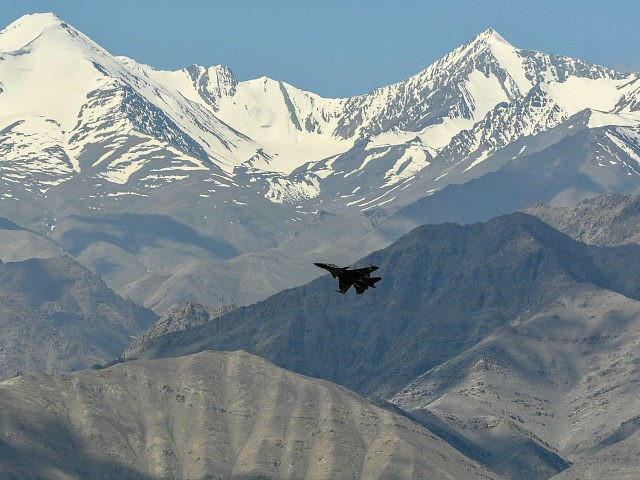India and Japan signed a mutual logistics support arrangement (MLSA) on Wednesday, a pact allowing the two nations’ military forces to engage in mutual supply and service provision during joint exercises and operations, the Times of India (TOI) reported.
Suzuki Satoshi, the Japanese ambassador, and Indian Defense Secretary Ajay Kumar signed the agreement in New Delhi, the Defense Ministry said.
“The agreement establishes a framework such as the settlement procedures for the reciprocal provision of supplies and services between the Self-Defense Forces of Japan and the Indian armed forces,” a statement from the Japanese Foreign Ministry read. It further noted that the pact will ensure “smooth and prompt provision of supplies and services” between Indian and Japanese forces in a range of operations, according to the Hindustan Times.
Indian and Japanese forces will now supply one another with vital supplies and services — food, water, clothing, fuel, and transport, as well as medical, repair, and maintenance services — during training exercises, humanitarian relief, peacekeeping operations, and several other instances of joint military cooperation.
Indian Prime Minister Narendra Modi and Japanese Prime Minister Abe Shinzo celebrated the agreement in a phone call on Thursday. The Japanese Foreign Ministry affirmed that the two countries would “continue to work closely in such areas as security, economy, and economic cooperation including the high-speed rail project,” the Hindustan Times reported.
The MLSA comes as both nations face rising tensions with their mutual neighbor China. Sino-Indian relations have deteriorated in recent months in the fallout over a lingering border dispute with China in the Himalayas. Japan, meanwhile, must contend with growing Chinese maritime aggression in the East China Sea and the Pacific Ocean. China claims sovereignty over Japan’s Senkaku Islands in the East China Sea, and established an Air Defense Identification Zone (ADIZ) there in 2013.
India and China have competing territorial claims on their border, though the parties have generally adhered to the mutually agreed Line of Actual Control (LAC). In June, however, Chinese military personnel established a camp on the Indian side of the LAC, prompting a scuffle between them and nearby Indian units. India acknowledged 20 deaths on its part and estimated the Chinese suffered more than double that figure in casualties. China has denied the Indian claim as “false information,” but still has not released an official number.
After the scuffle, India terminated the longstanding ban on firearms at the border. On Monday, live shots crossed the border for the first time in 45 years near Pangong Tso, a lake situated in the contested territory. Chinese officials accused Indian troops of illegally crossing the LAC and instigated the confrontation by firing into Chinese territory. Indian officials, however, asserted that it was in fact Chinese troops who fired into India.
In a Tuesday column, the Chinese state-run Global Times suggested preparing for a “new era of bloodshed” between the two countries.

COMMENTS
Please let us know if you're having issues with commenting.